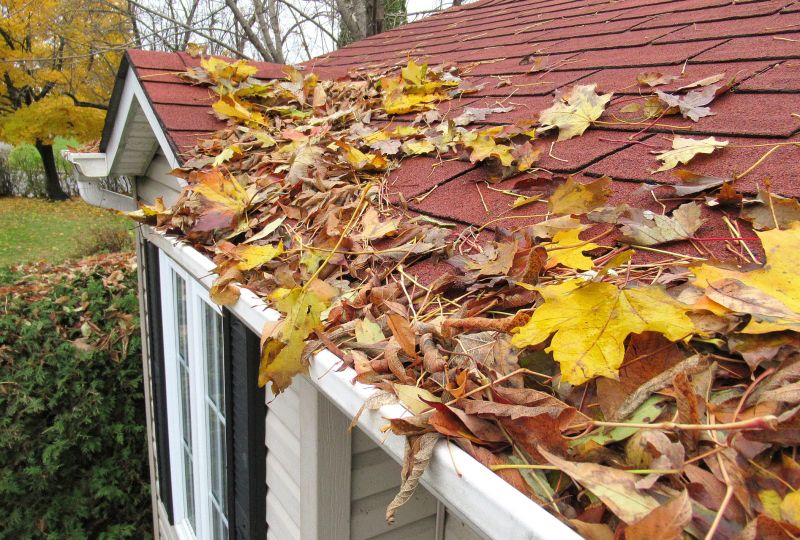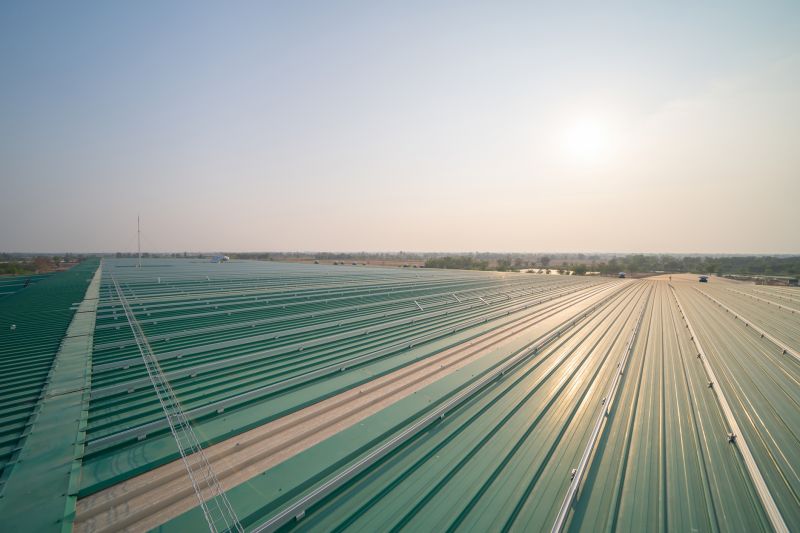Optimal Seasons for Roofing Services
Scheduling roofing services at the optimal time can impact the quality and longevity of the work. Factors such as weather conditions, temperature, and humidity influence the effectiveness of repairs and installations. Understanding seasonal patterns helps in planning projects to ensure proper curing, adhesion, and safety.
Spring offers moderate temperatures and longer daylight hours, making it ideal for roofing projects. Mild weather reduces delays caused by rain or extreme cold.
Summer provides warm weather, which is beneficial for roofing materials that require heat to set properly. However, high temperatures can cause rapid drying, so scheduling during cooler parts of the day is recommended.
Fall features cooler temperatures and less humidity, ideal for completing roofing work before winter. Dry conditions help ensure proper sealing and adhesion.
Winter poses challenges due to snow, ice, and freezing temperatures. These conditions can hinder material application and increase safety risks, often leading to project delays.

Image of a roofing team working on a house during spring with clear skies.

Image of roofing materials being installed in summer heat.

Image of a roof inspection during autumn with colorful leaves.

Ways to make Roofing Service work in tight or awkward layouts.

Popular materials for Roofing Service and why they hold up over time.

Simple add-ons that improve Roofing Service without blowing the budget.
| Season | Ideal for Roofing Service |
|---|---|
| Spring | Yes |
| Summer | Moderate, with precautions |
| Fall | Yes |
| Winter | No |
Roofing services encompass repairs, replacements, and maintenance to ensure structural integrity and protection from weather elements. Proper timing enhances the effectiveness of these services, preventing future issues such as leaks, rot, and energy loss. Regular inspections and timely repairs extend the lifespan of roofing systems and contribute to property value.

